Falkland Craft Symposium
8th Oct, 2019Falkland Craft Symposium 'Pillars'
On the 23-24 August, the Falkland Centre for Stewardship and SPAB Scotland held their annual Falkland Craft Symposium. Set in the beautiful Falkland estate near Fife, it was an intensive two day session of talks, walks and late night discussions.
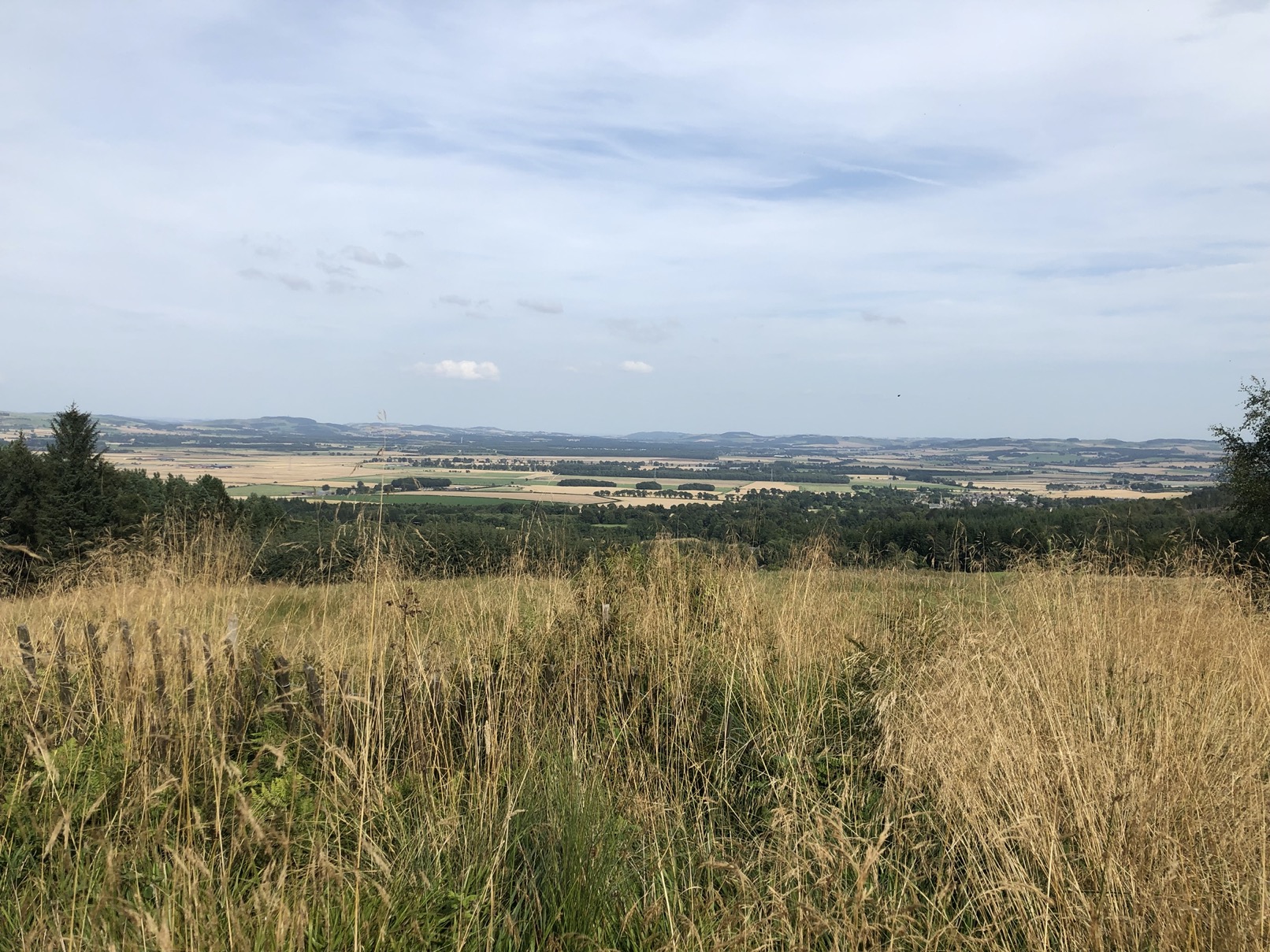 View across the beautiful Falkland estate.
View across the beautiful Falkland estate.
Our host was the kind and generous Peter Burman. Peter prepared an introduction to the Symposium themed around four ‘pillars’, which he had based on Ruskin’s Seven Lamps. Two of these pillars in particular resonated with me, and they were themes picked up on throughout the talks at the symposium.
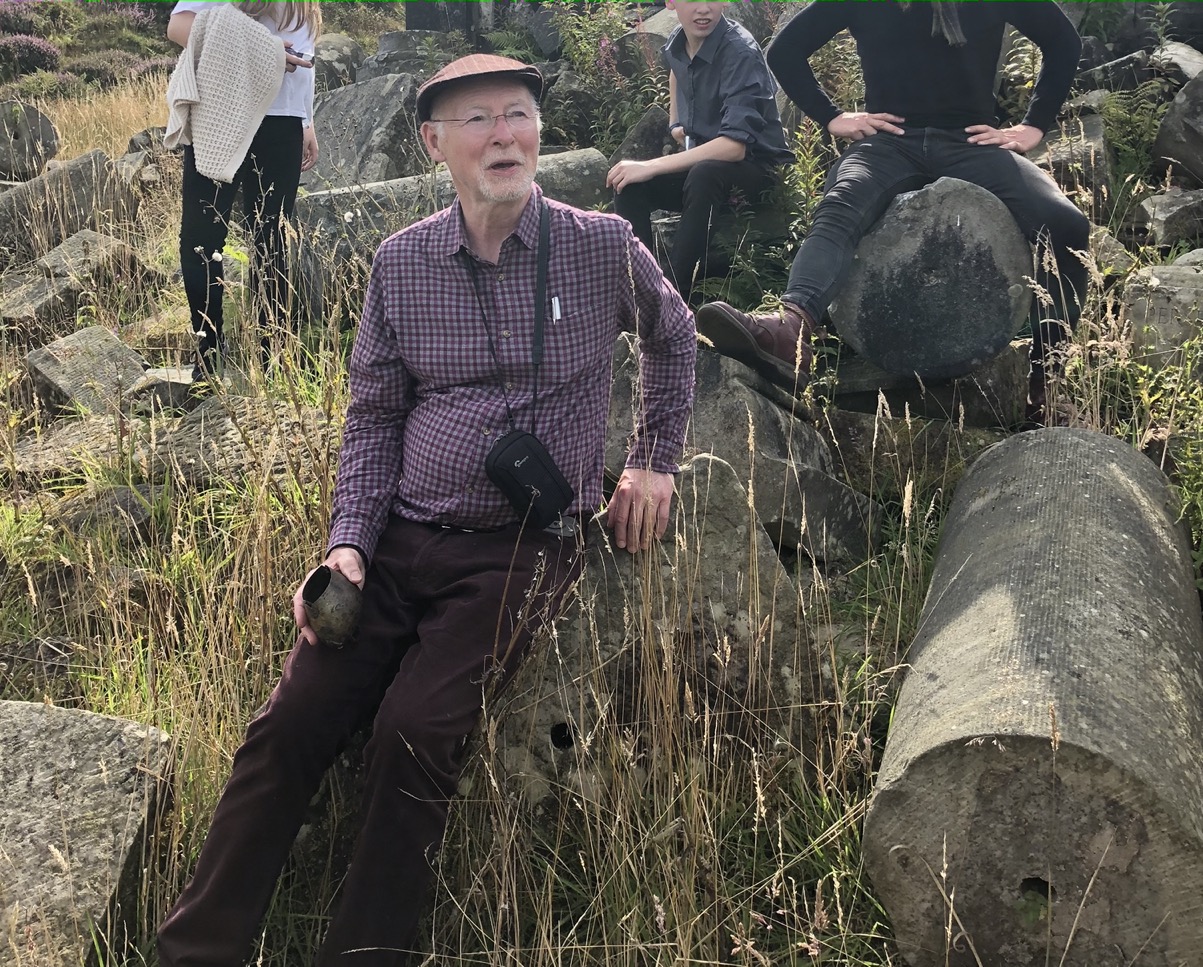 Peter Burman at the ruined Temple of Decision on the estate.
Peter Burman at the ruined Temple of Decision on the estate.
The first pillar was: PASSIONATE DEFENCE OF THE CRAFTSPERSON
The Scholarship has given us an understanding of the craft and spirit that led to the creation of many historic buildings. I aim to continue this research into the crafted history of place in all my future projects - not only is it a fascinating part of a building’s story, but it is vital to the design and conservation process.
Drilling in to the craft processes behind a historic building is rewarding, but particularly so when this learning comes from a craftsperson first hand. It has been a unique privilege of the Scholarship to be shown a craft directly by the skilled people we have met along the way. Furthermore, I am lucky to have been travelling around the UK and learning directly alongside four amazing craftspeople - our SPAB Fellows. We have been learning from them continuously, and the joint Scholar/Fellow visits are an immensely enjoyable part of this course.
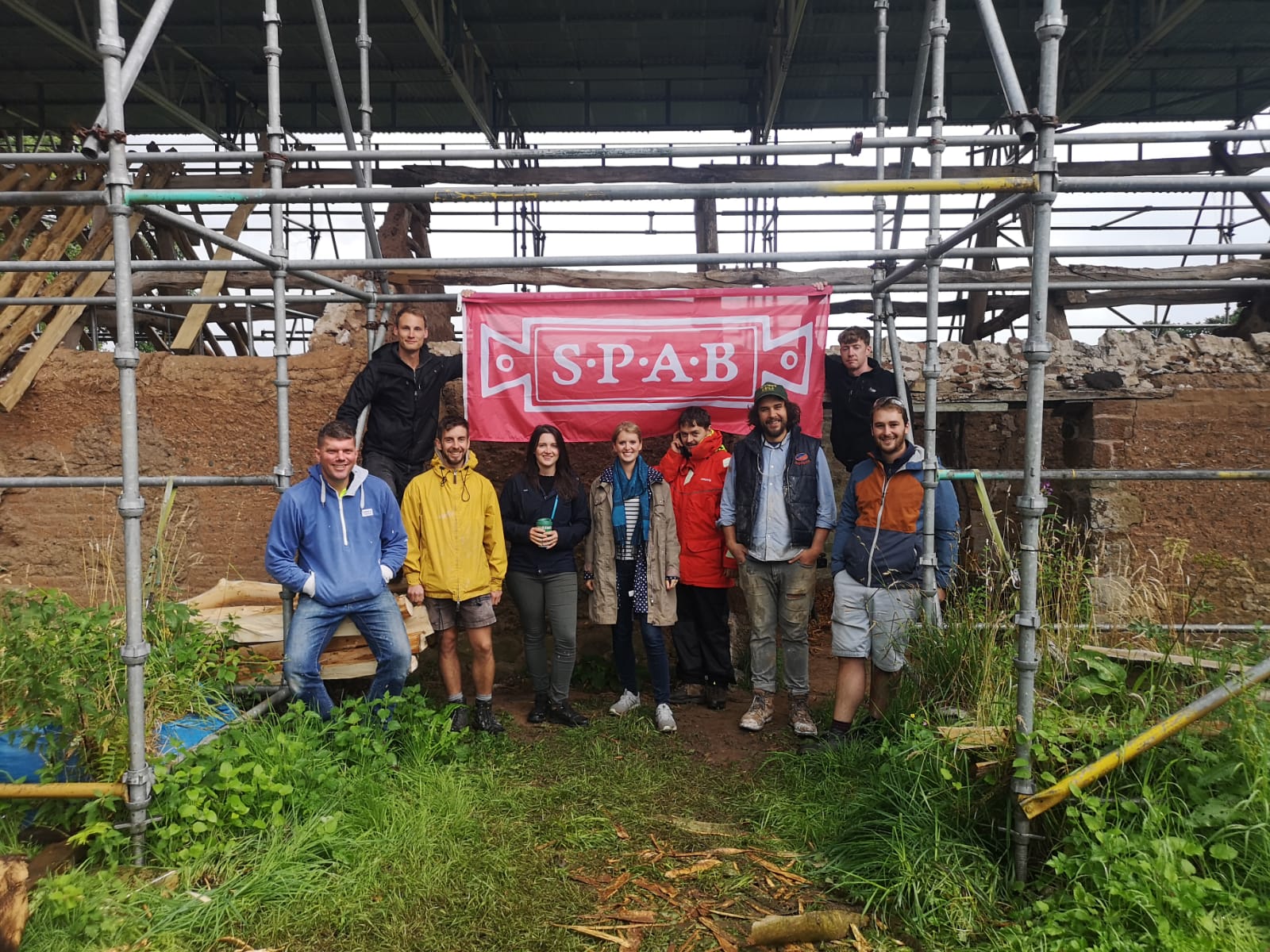 Time with the Fellows in Canonbie, hosted by SPAB Fellow Alex Gibbons.
Time with the Fellows in Canonbie, hosted by SPAB Fellow Alex Gibbons.
But I realise that this is a unique and privileged position to be in: not only travelling with craftspeople but also meeting experts on an almost daily basis. Spending time with all sorts of craftspeople across the UK covering a breadth of crafts is unusual, and gives us the false impression that these skilled craftspeople are everywhere and ‘easy to come by’. In reality, I am aware and anxious that skilled craftspeople are few and far between. As discussed throughout the Symposium weekend, it’s a real concern that crafts skills are dying out.
Facing a potential future without skilled craftspeople is upsetting and worrying. With a growing lack of skill and ‘de-skilling’ generally, I’ll need to think in my career going forwards how to maintain a building’s craft spirit in both new and conservation work. This will involve working hard to engage with craftspeople where possible. Creating the demand for skilled work will hopefully incentivise young people to train in these areas, too (as was wisely pointed out to us by James Simpson in Edinburgh).
Returning to Peter Burman’s ‘pillars’ - the second was: COPY, OR NEW CREATION
This is a theme (or debate) which comes up a lot at work, and during conservation discussions generally. At university, this was the focus of my Masters thesis.
To me, craft and spirit of place is fundamental in decisions about how to approach a conservation or new build project in the context of a historic building. For my Master’s project, this involved thinking about how to rebuild in a post-earthquake context.
Following a devastating earthquake in 2009, the historic centre of L’Aquila was evacuated and remains largely abandoned. The city is struggling to recover under protracted redevelopment focused on reconstruction dov’era, com’era - where it was and how it was - leading to pastiche façadism. During my 9 month fieldwork in L’Aquila, I observed reconstruction which was ‘fakery’, conjectural, with modern materials being used inappropriately. Overall, I perceived a general lack of craft skill (though of course there were examples of quite the opposite too!)
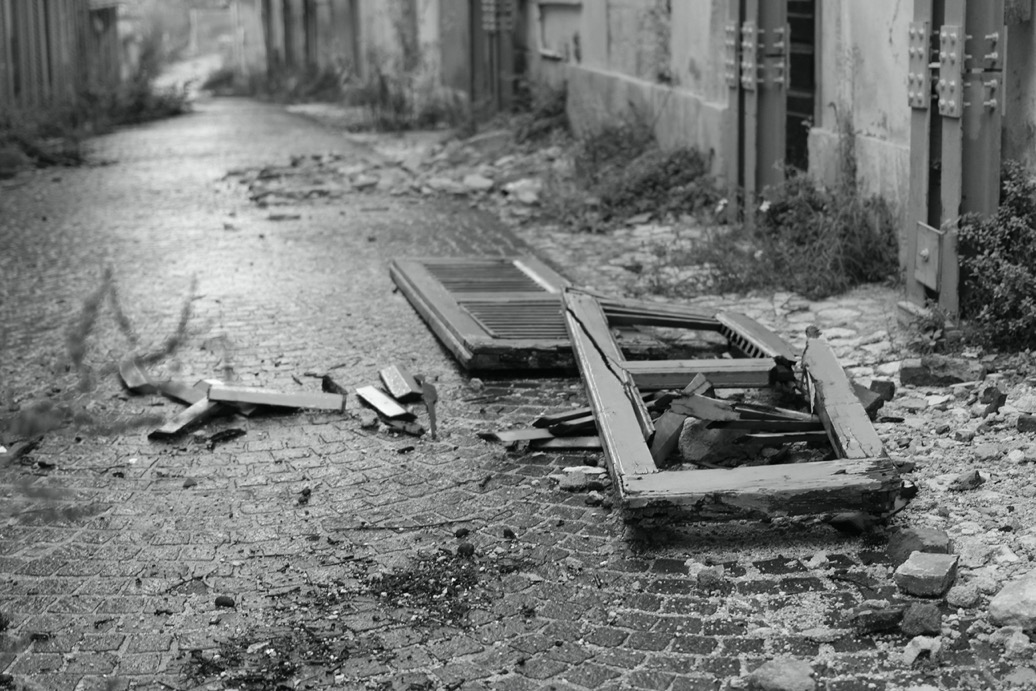 L'Aquila earthquake devastation in the centre of the city.
L'Aquila earthquake devastation in the centre of the city.
L’Aquila’s reconstruction was focused on heritage which was skewed towards the oldest, the biggest or the most beautiful thing. But really, ‘heritage’ is everywhere… often it was something entirely different, or found in the ‘everyday’. I spoke to local residents who identified the significance of their city as ‘the bakery where I bought my bread every morning’, ‘the cafe where I met my wife and went after work every day…’, and so on.
What you can read from a historic building can tell a fascinating story: time, use, care, character, and more. Fabric upholds so much more than simple matter - its ideas, life, skills, cultural associations… all of which are fascinating, all of which are precious and need to be protected.
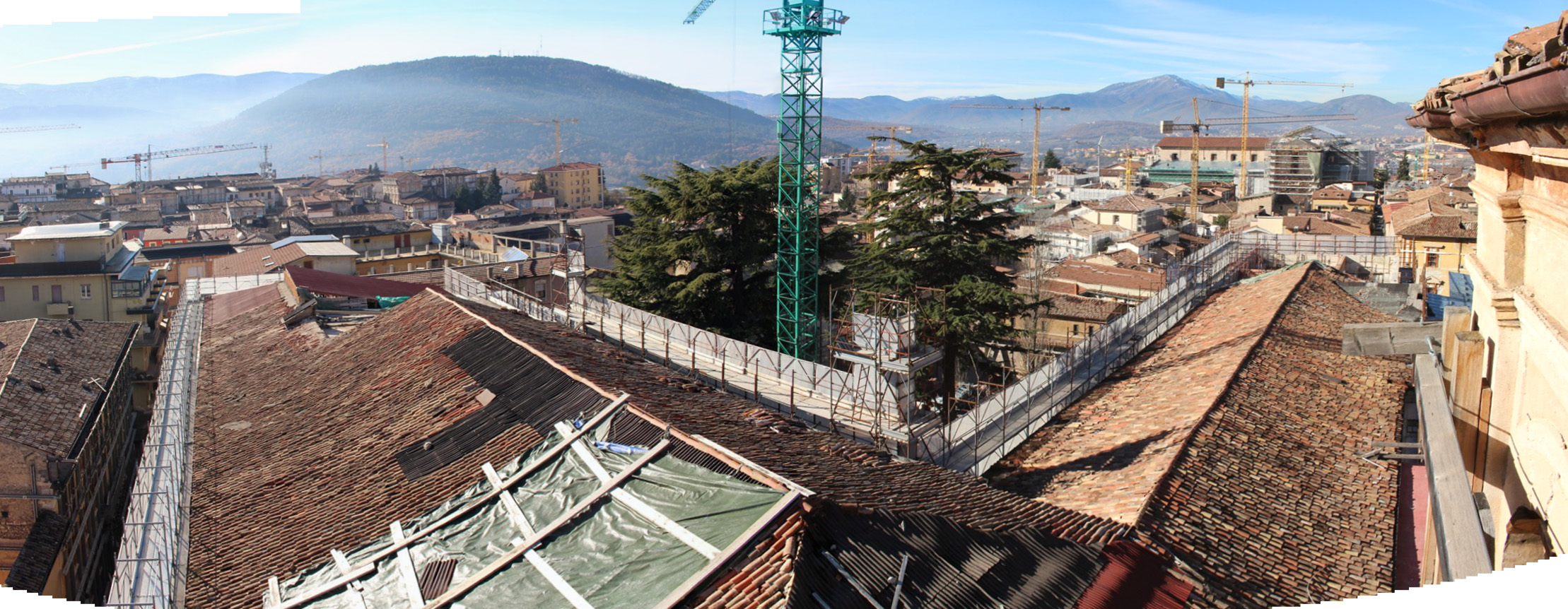 I undertook extensive analysis and research into the sites for my project, including Palazzo Camponeschi (shown above). This informed my reconstruction approach.
I undertook extensive analysis and research into the sites for my project, including Palazzo Camponeschi (shown above). This informed my reconstruction approach.
My studies in L’Aquila exemplify that there is often a reflection of ‘life’ in building fabric which should be maintained and continued. Thom Simmons, talking at the Symposium about the way forward for the Glasgow School of Art, made a comment that it must remain a School of Art and not simply be commodified as an ‘architectural masterpiece’. This insight resonated with me - Thom described a sort of manifesto for continued use and purpose. He said that the “use of the building as an art school is intrinsic to its heritage” - it’s more than simple matter.
So, in response to ‘Copy, or new creation’ - to me it’s both, and everything in between. For L’Aquila, I concluded there should be a spectrum of reconstruction approaches, where any conservation or re-build is dependant on a case by case approach to each building. From careful piecing in and gentle treatment of the old, to more assertive adaptation of existing fabric, to total new build - the approaches will depend on context, history and found condition of each structure.
A similar approach is evidently required at the Falkland estate, as exemplified during the Symposium. During a walk to the Falkland’s Temple of Decision, which is now a ruin, all the delegates were asked how they think the temple should be treated - conserved or restored, if touched at all? There were as many different answers as there were delegates, exemplifying in the moment the truly subjective and varied approaches to architectural conservation!
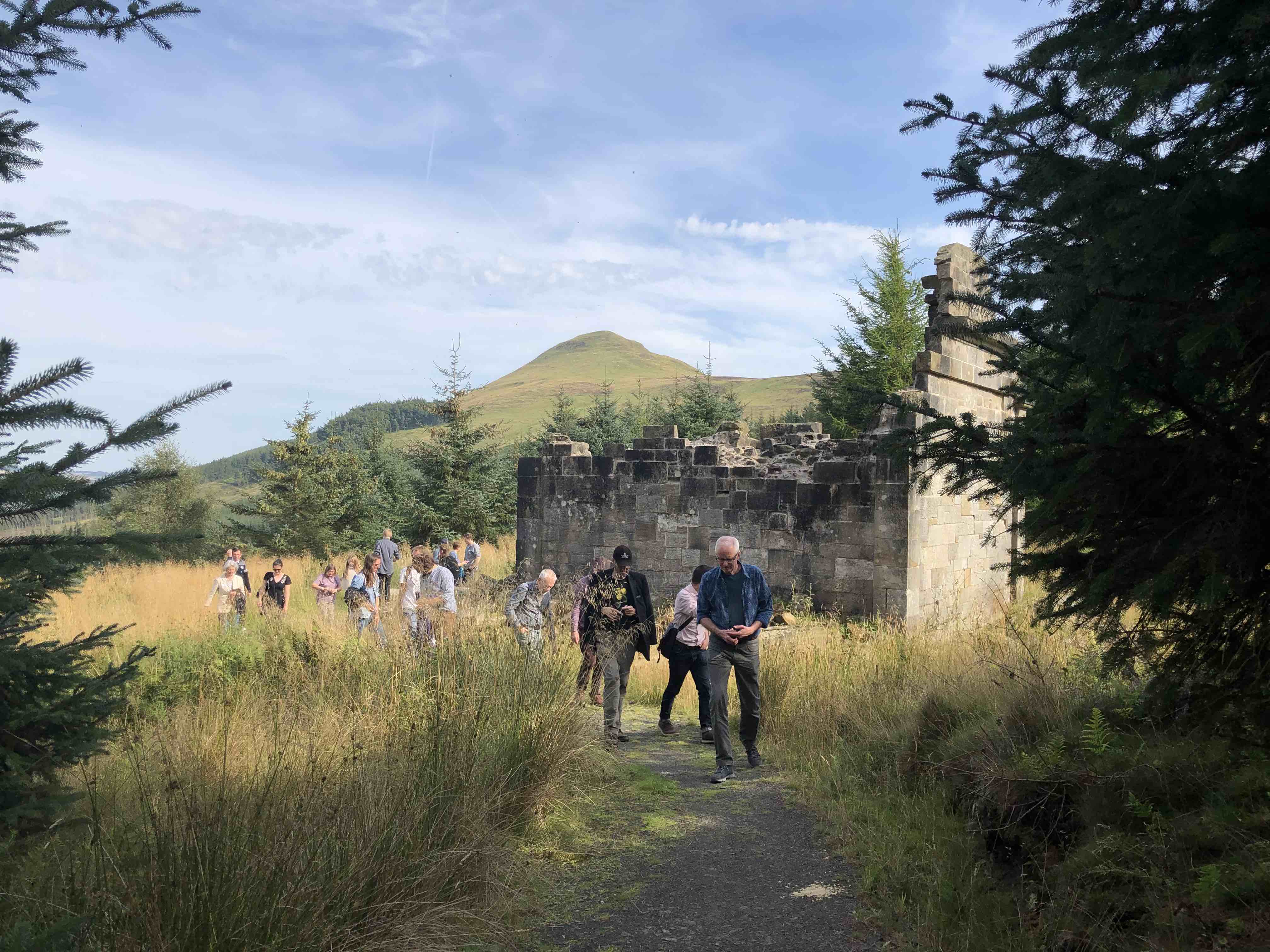 The Temple of Decision at the Falkland Estate.
The Temple of Decision at the Falkland Estate.
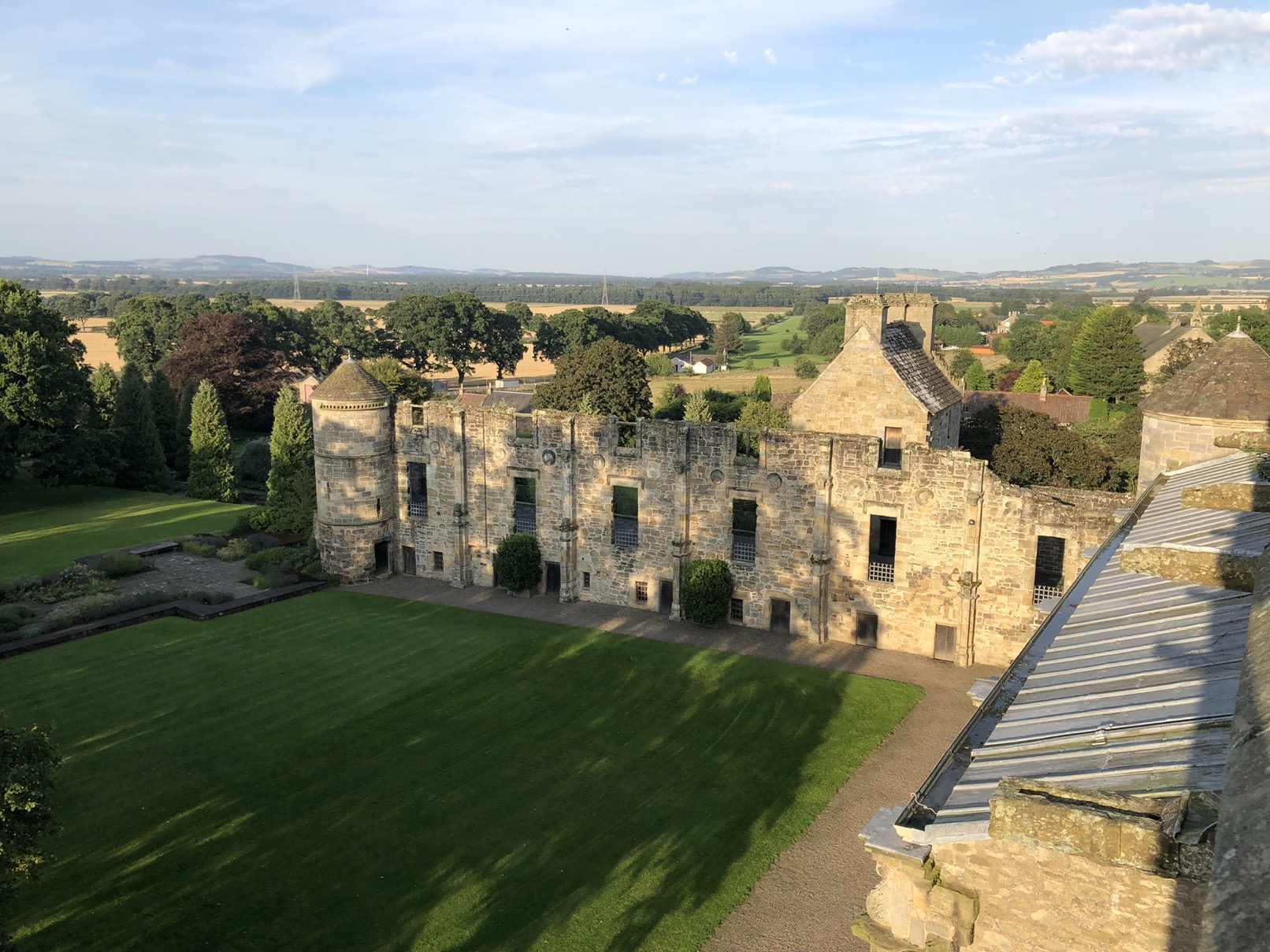 Falkland Palace, where different conservation techniques are employed.
Falkland Palace, where different conservation techniques are employed.
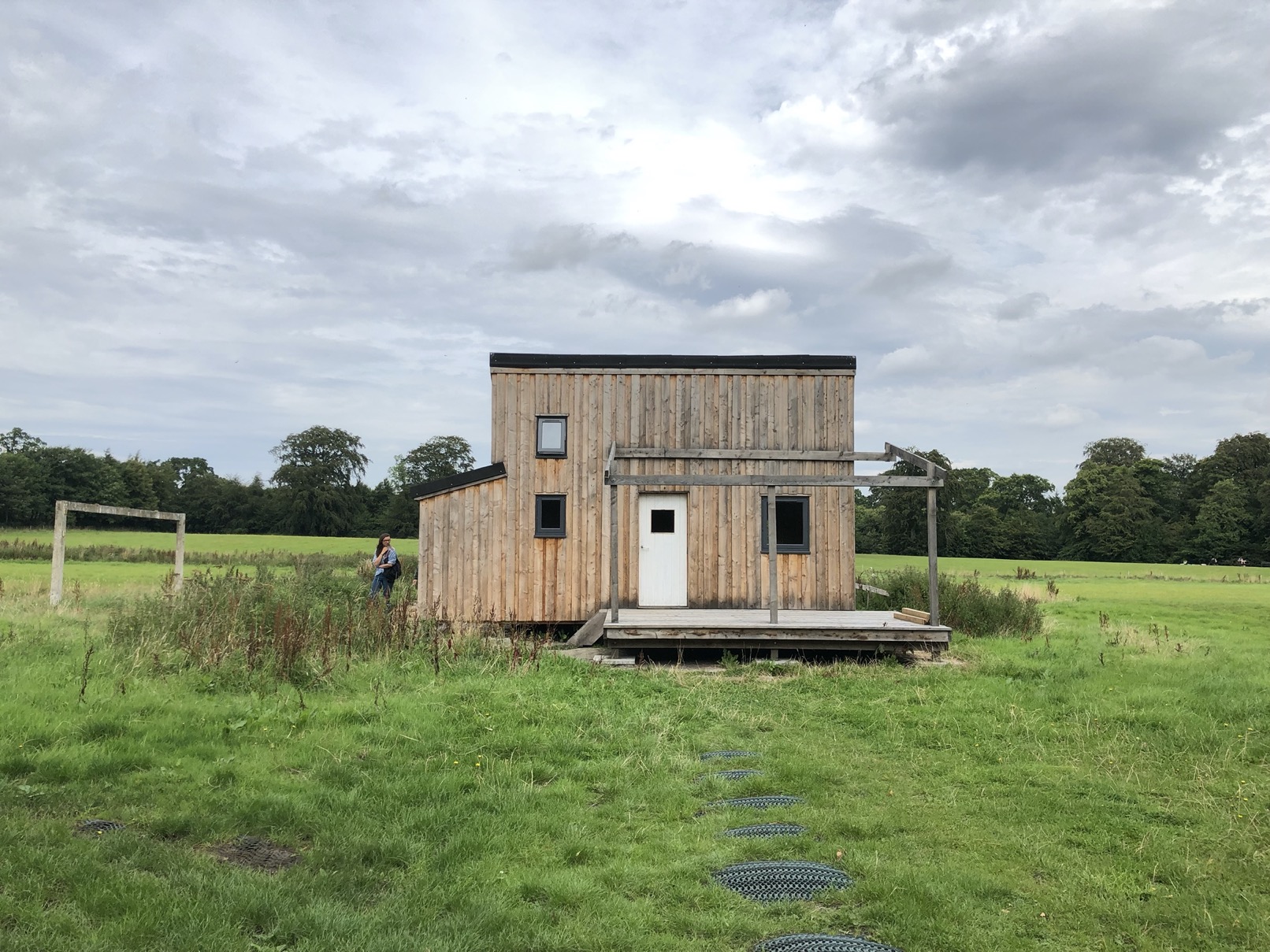 New design on the Falkland estate.
New design on the Falkland estate.